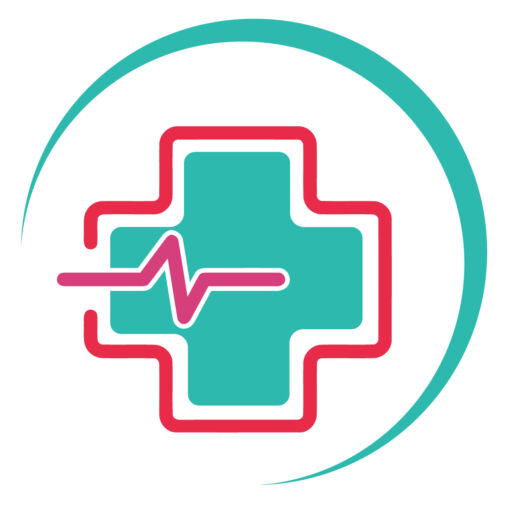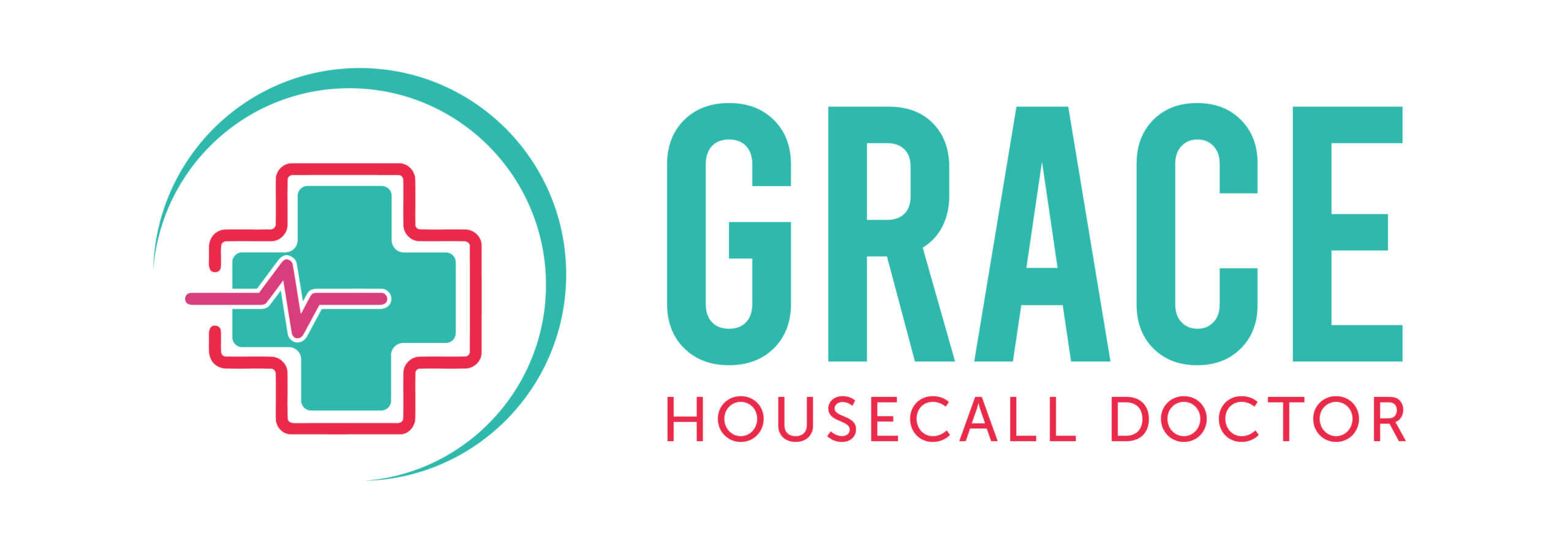Physiotherapy At Home For Seniors

Growing older is a normal aspect of life and cannot be stopped. Our bodies and the ways they function alter as we get older. One’s physical health will inevitably deteriorate over time, regardless of how big or small these modifications are. Neurological, cardiovascular, and musculoskeletal issues are among the health issues associated with aging. As a person ages, these three categories may overlap, leading to co-morbidities (the coexistence of multiple medical conditions).
It is essential to comprehend the challenges associated with aging and to recognize that proactive steps can put you or a loved one on the path to a healthy aging process. These actions ought to enhance functional capacities and halt additional declines in physical performance. Even though inpatient rehabilitation provides the opportunities with the strongest scientific backing, not everyone may be able to easily access it. For those who find it difficult to seek out guided rehabilitation, home care physiotherapy can be a great alternative to consider. Learn more about geriatric physiotherapy and its potential benefits by continuing to read this blog.
What should one expect from physiotherapy or Physical Therapy?
It can be administered by physical therapists alone or in conjunction with other medical professionals.
If physical therapy is recommended by your doctor and it complements other treatments, that is usually the case. Physical therapy may be recommended by your doctor as a prophylactic, restorative, or pain management measure while the body heals.
Other times, if a patient is conscious of their shortcomings—such as stiffness in the shoulders and neck—they may choose to go to therapy on their own. For a variety of ailments, physical therapy can improve the health of patients of all ages.
Whatever method you choose to get in touch with a physical therapist, here’s what to expect:
Initial Evaluation-
First Evaluation Starting with a series of tests, the physical therapist evaluates posture, muscle and joint movement, range of motion, flexibility, motion, and performance.
Identifying the issue-
It is determined following a discussion of your short- and long-term objectives, the physiotherapists will provide you with a prognosis and a clinical diagnosis based on the testing procedures. You, as their child, can always take the lead if your parents are too old to talk about their own health.
Therapy-
Counseling After they create a plan of care, you receive regular physical therapy treatments that could last for weeks or months, depending on your medical condition.
Self Consistency-
Self-restraint is important for the result of the physical therapy program, the therapist recommends exercises you can do at home to speed up your recovery.
What are the major benefits of Physical Therapy for elders?
Physical therapists provide safety drills that assess and improve your balance in real-world scenarios. Two advantages of physical therapy are strengthening the core during the healing process from a sports injury, stroke, trauma, or paralysis. Individuals who have a higher risk of inheriting specific diseases or who have a history of chronic illness may benefit from physical therapy as prescribed by their physician. Age-related medical conditions and pain can be effectively managed and relieved with the aid of physiotherapy. Manual therapy techniques can reduce the need for surgery and provide non-pharmacological pain relief. Following your physical therapist’s instructions, you can enhance your physical activity and mobility by stretching and strengthening regularly.
What conditions are treated by geriatric physical therapists?
1) Sore joints
The joints in your body hold your weight, connect the bones, and assist with movement. The most common causes of joint pain include gout, hemarthrosis, arthritis, injuries, and inflammation of the joint lining. Untreated joint pain over an extended period of time can reduce mobility and induce weakness or instability, making it challenging to perform daily tasks. Geriatric physiotherapy is the most effective treatment for reducing joint pain and enhancing joint stability.
2) Prolonged Weakness
Generalized weakness is one of the most common issues that nearly everyone encounters after a particular age. Degenerative changes associated with aging that result in low muscle tone are one cause of this. This condition is exacerbated by other chronic illnesses such as musculoskeletal, neurological, and endocrine disorders.
Several common causes of generalized weakness include flu, thyroid disease, anemia, depression, sleep deprivation, undiagnosed diabetes, congestive heart failure, and medication side effects. Patients’ quality of life is improved by geriatric physiotherapy, which helps them regain their physical stability and strength.
3) Balance and Form
Postural instability is the inability to keep one’s body in an upright position. Stated differently, the loss of reflexes and imbalance make it impossible to remain upright. Geriatric physiotherapy patients can experience less postural instability and help them return to normalcy by using balance exercises.
4) Deteriorated Equilibrium
The loss of normal function in the muscles and bones is the cause of age-related balance issues. The two main causes are arthritis and orthostatic hypotension. Additional factors that can impair balance include numbness in the legs and feet, problems with circulation, vision problems, and the use of multiple medications.
A component of geriatric physical therapy involves exercises for balance, which improve the function of the bones and muscles.
What are the benefits of Physiotherapy at Home for Seniors?
Comfort and Availability
Imagine feeling at ease in your own home while getting physiotherapy treatments tailored to your specific needs. Seniors who receive physical therapy at home avoid having to travel to a clinic or hospital for each session, which saves them time and reduces their stress levels. For many elderly people who may have mobility issues, getting to routine physiotherapy can be a big obstacle due to transportation.
Having the physical therapy sessions come to them in their living rooms frees seniors from worrying about extra logistics so they can focus entirely on their recovery. Being in familiar surroundings also fosters emotional support and comfort, which facilitates a more seamless healing process.
Tailored Support and Guidance
One of the key advantages of at-home physical therapy is the degree of individualized care it offers. Physiotherapists often have multiple patients to attend to at any given time, which limits the amount of individualized care that each patient receives in traditional clinic settings. On the other hand, physiotherapists can devote all of their attention to a single patient during in-home sessions, tailoring the treatment plan to that patient’s specific requirements and goals.
Physiotherapists can address the unique challenges and limitations that older people may face by using individualized care, ensuring that the exercises and treatments are appropriate and effective. This customized strategy raises the chances of a successful recovery and enhances general health outcomes for the elderly.
Increases in Motivation and Compliance
Regular attendance is crucial to the success of any physical therapy program. Older patients, however, may sometimes find it difficult to continue with regular attendance for a variety of reasons, including health concerns, poor weather, or transportation problems. At-home physical therapy eliminates these barriers, increasing patient compliance and improving recovery results.
Elderly patients are often more motivated to participate in physiotherapy sessions when they are held at home. Enthusiasm and commitment to the therapeutic process can be sparked by the comfort and support of familiar surroundings and the presence of family members.
Geriatric Physiotherapy
At-Home Physical Therapy
Physical therapists provide safety drills that assess and improve your balance in real-world scenarios.
Medication
Diabetes, arthritis, high blood pressure, high cholesterol, heart disease, stroke, and lung diseases are among the illnesses that older people are more likely to develop. Physiotherapy is an excellent substitute for older adults who are suffering from severe side effects from strong medications or who have an intolerance to the digestive or immune systems. Even for incontinence, Kegel exercises are a great way to strengthen the pelvic floor muscles.
Improves one’s standard of living
The specialized techniques used in physiotherapy can improve the quality of life for senior citizens. Exercises that increase mobility and flexibility are taught; when done regularly, they enhance overall health and lessen the physical effects of aging. It decreases the chance of a fall and the potential damage it could cause.
Greater emotional and mental well-being
Research has indicated that physical activity benefits the mental and emotional well-being of senior citizens. Physical therapy should result in an overall improvement in each patient’s quality of life. Issues like social anxiety, sleep disturbances, and even everyday challenges can be mitigated with physiotherapy services. During the evaluation, the physiotherapist needs to be aware of the cognitive impairment, which includes memory, attention, learning, concentration, language, thinking, dementia’s cause, and depression.
Repetition and kinesthetic cueing are used in functional training to teach the proper functional movement patterns by dissecting an activity into its most basic components. Patients with dementia are able to engage with others thanks to sensory stimulation, which has enhanced their quality of life. Stimulations promote activity by periodically offering cues (e.g., “Does this picture remind you of anything?”). The goal of this question is to boost confidence and self-reliance. Is this surface rough or smooth to the touch? It’s advised that those who suffer from depression spend at least an hour a day outside, engaging in social activities like strolling or sitting in a park, as this can help them feel better mentally.
Pain Management
Many different types of pain can be reduced and alleviated by senior professional physiotherapy. Stiffness, lack of movement, and poor circulation are common causes of many types of pain, including back and neck pain. Because physiotherapy is safe and controlled, it can be the best option for seniors to start exercising again and improve circulation. This usually results in increased energy, increased comfort, and decreased pain.
An important factor to take into account when it comes to physiotherapy and pain relief is the fact that every individual may respond to therapy differently due to their unique bodies, movement patterns, and habits. Physiotherapists are capable of creating and prescribing customized treatment plans.
Efficiency about both money and time
Contrary to popular belief, elder physical therapy sessions can be less expensive at home than at a clinic. It eliminates the need for transportation, as was already mentioned, which could result in a reduction in the total cost of traveling to and from the clinic.
Furthermore, because therapists can devote all of their attention to the patient during in-home sessions without being distracted by other clients, these sessions are often scheduled to run shorter. Being more focused can help one advance more quickly and, consequently, need fewer sessions overall, which can save time and money.
What does a physiotherapist do?
The function of the therapist becomes extremely important in the context of elder rehabilitation. This is due to the delicate and complex nature of health issues in this age group. There are many benefits to seeing a therapist, including;
- A comprehensive assessment of the patient, including their medical history, activities, and surroundings, will be conducted in order to create a customized treatment plan that is suited to their needs.
- To effectively treat health problems, the therapist will combine a variety of complementary methods rather than relying solely on one. This has the effect of accelerating the patient’s healing.
- As the patient’s abilities change, she or he will keep adjusting the therapy plan.
- She or he will educate about the risks and disadvantages of specific workout plans.
- The therapist will give the patient advice on leading a healthy lifestyle in addition to exercise by creating meal plans and imparting knowledge on good posture.
Each of these elements has a major impact on the patient’s prognosis and overall wellness.







